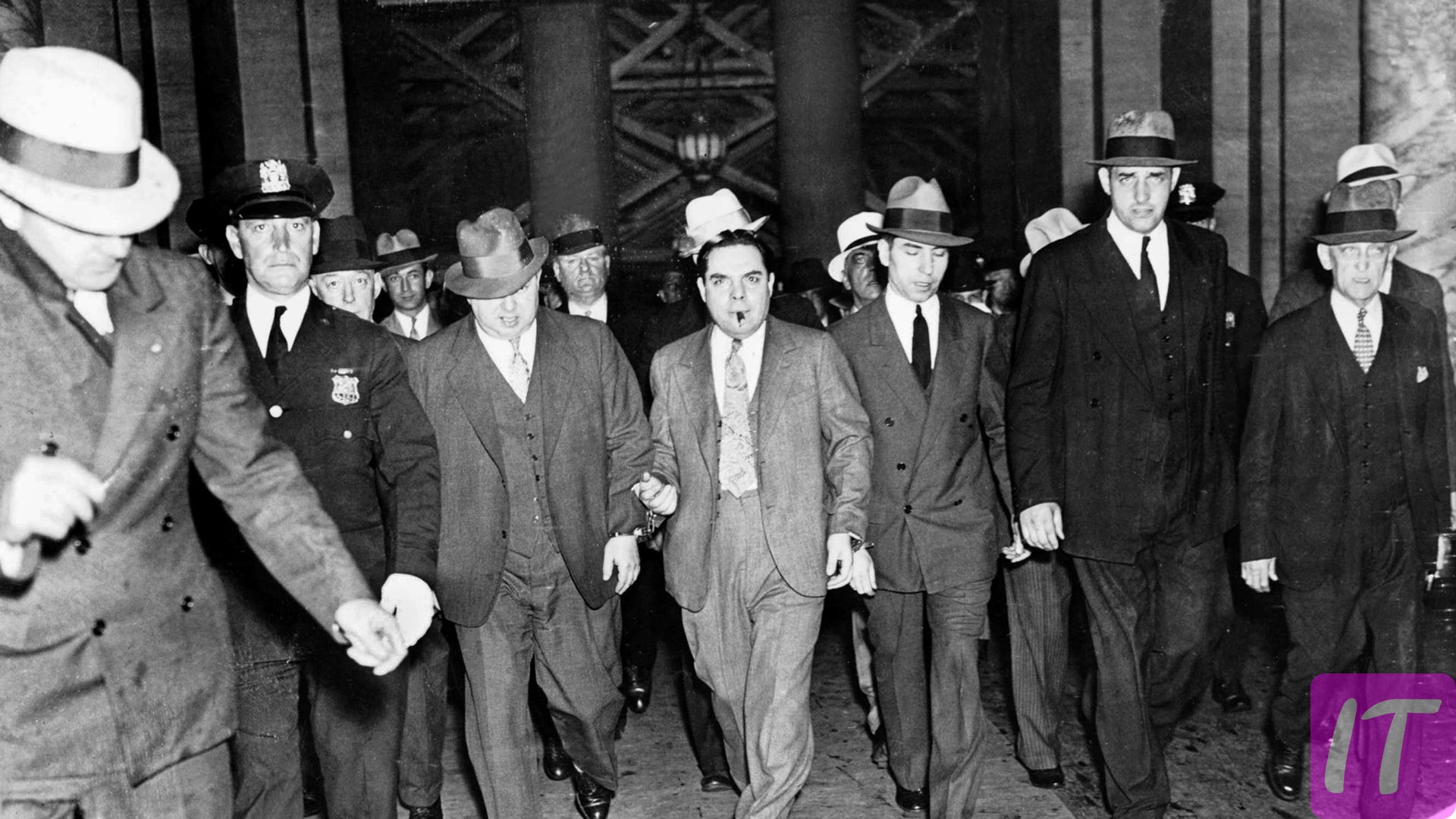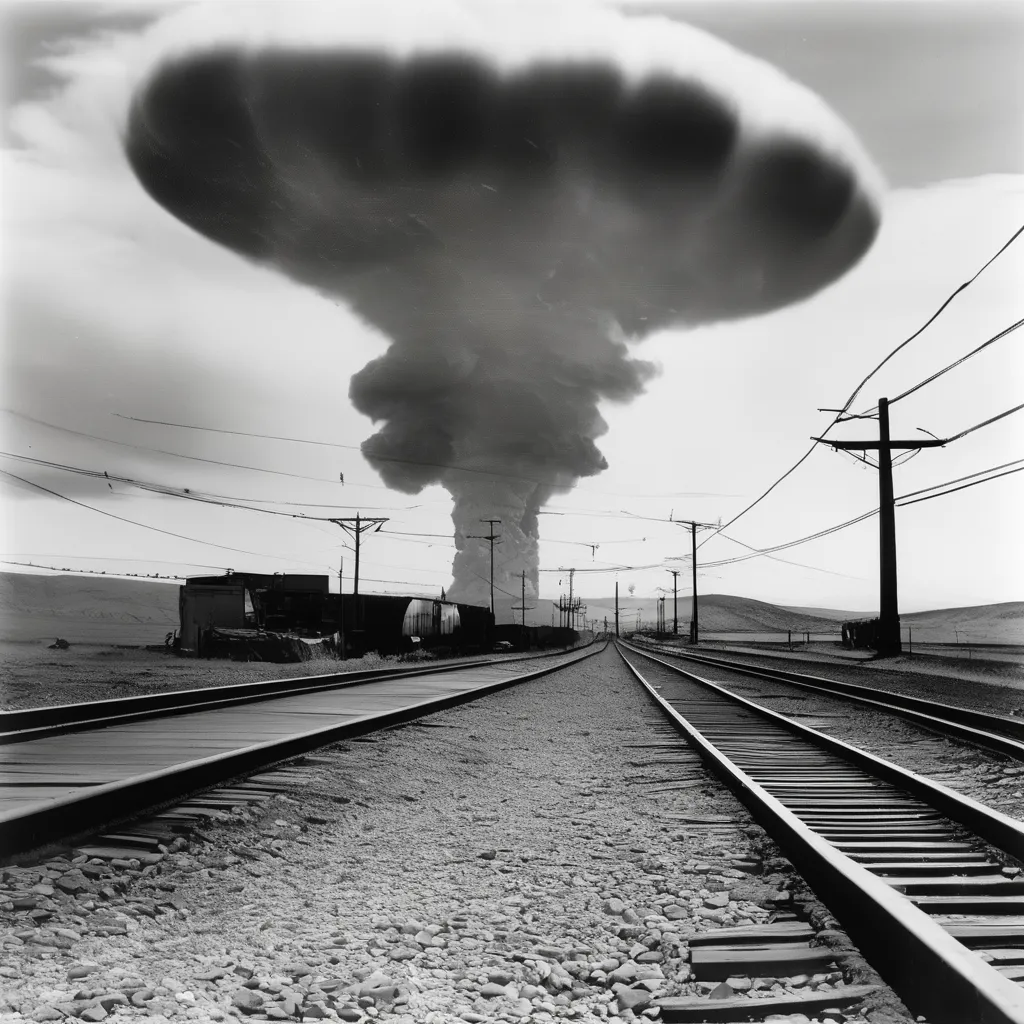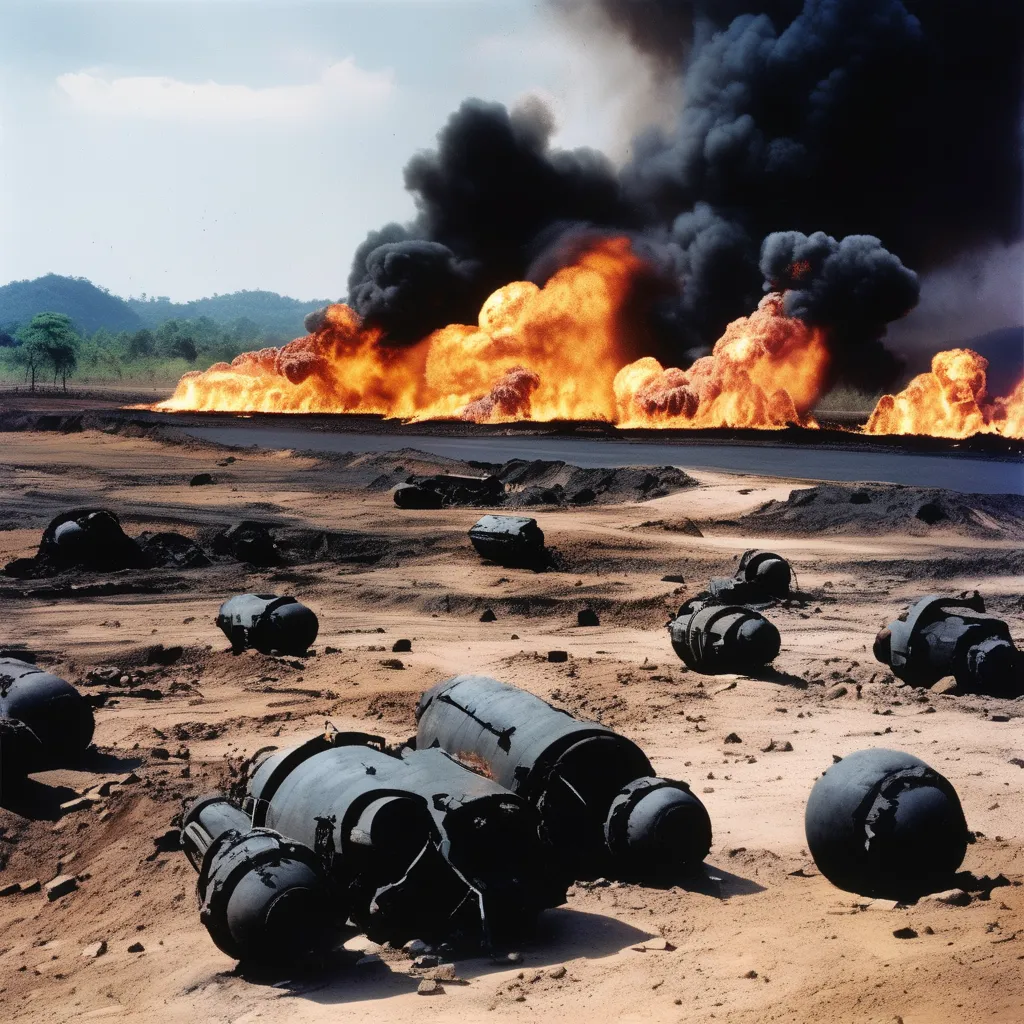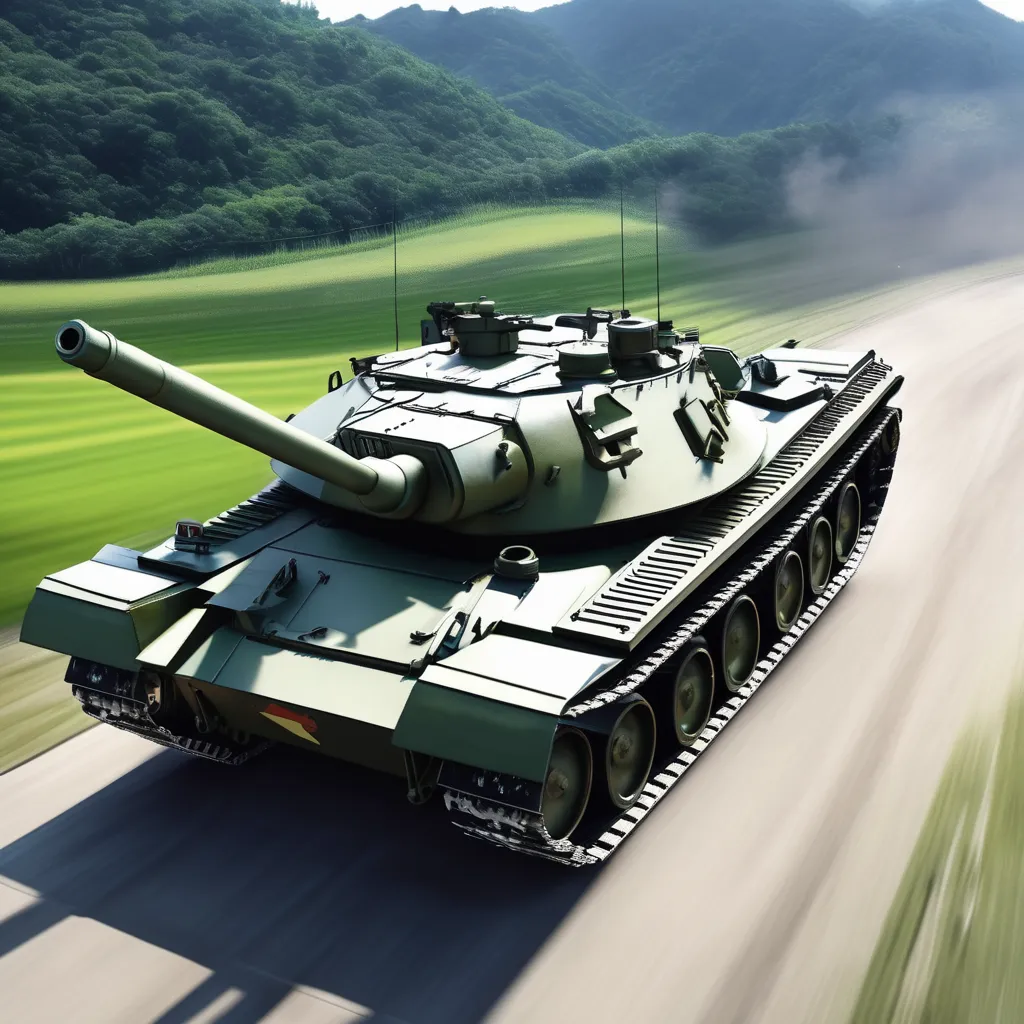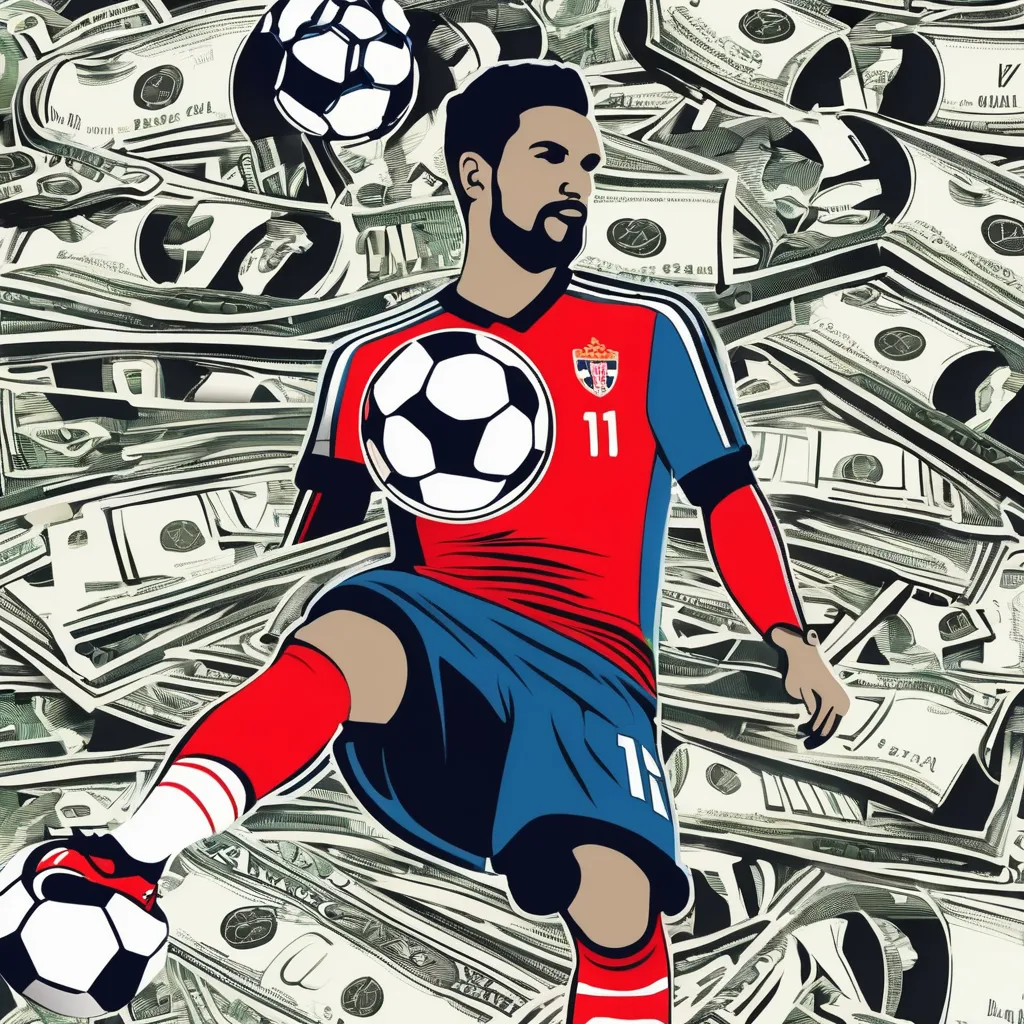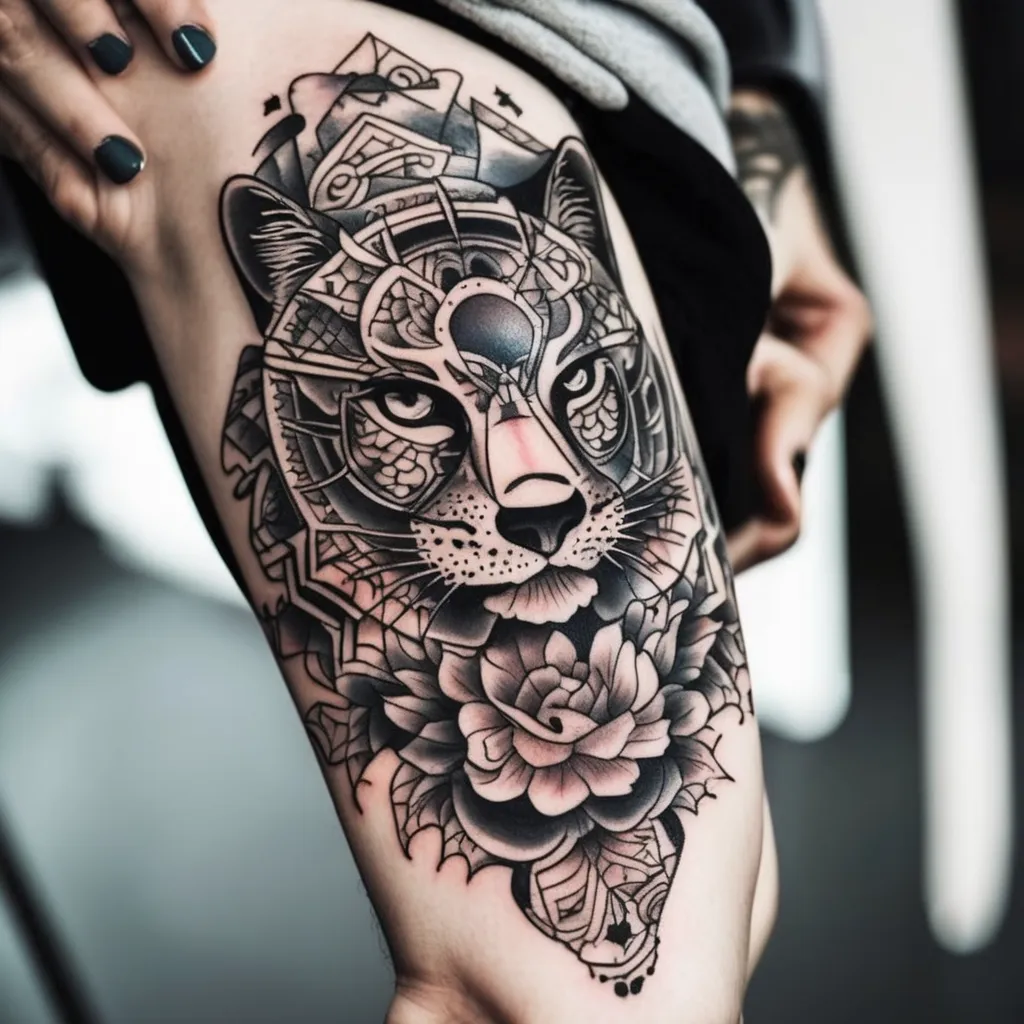The clandestine world of the Mafia traces its origins back to the 19th century in Sicily. Initially, it started as a mutual aid society among rural families to protect themselves from oppressive landlords and government forces. Fast forward a few decades, these groups evolved into powerful entities mastering the art of organized crime, maintaining a pervasive influence over various sectors.
Engrossing itself in a myriad of illicit businesses, the Mafia quickly diversified from traditional protection rackets to drug trafficking and money laundering. They have also been known to infiltrate legitimate businesses, such as construction and waste management, as a means to disguise their criminal activities. The estimated global revenue from their operations is said to run into the billions, reflecting the formidable reach and financial power they wield.

Origins and History of the Mafia Group
The Mafia’s origins can be traced back to 19th century Sicily. During this time, impoverished Sicilian farmers sought protection from corrupt landlords and officials. This need for safety led to the formation of small, secret groups. These groups were initially focused on defending their members and communities. This spirit of mutual aid laid the groundwork for what would become the Mafia.
As these groups grew in power, they began to exert more influence over local affairs. They offered protection in exchange for loyalty and payment, often taking the form of a “protection tax.” Over the decades, their activities expanded beyond simple protection. They began engaging in various illicit activities to strengthen their hold on power. The Mafia quickly became a formidable force in the region.
The early 20th century saw the Mafia’s influence spread to other countries, including the United States. Immigrants from Italy carried the Mafia’s practices with them, establishing new organizations in American cities. These groups, such as the infamous Five Families in New York, quickly gained notoriety. They adopted the same methods of control and intimidation used in Sicily. This period marked the Mafia’s transition into a global criminal network.
Throughout the 20th century, the Mafia continued to evolve and expand its reach. They infiltrated various industries, including gambling, drug trafficking, and more. By using their influence and intimidation tactics, they maintained control over many aspects of society. Today, the Mafia remains a significant player in organized crime. Despite efforts to dismantle these groups, their legacy continues to shape the criminal world.
Emergence in 19th Century Sicily
In the 19th century, Sicily was a land of hardship for many farmers. Landlords and government officials often exploited the common people, leading to widespread distrust and fear. To protect themselves, rural communities formed secret groups that would later be known as the Mafia. These groups provided protection and settled disputes, earning loyalty from their members. The strong bonds forged during this time were instrumental in the Mafia’s early development.
At first, the Mafia’s activities were limited to local areas, focusing mainly on defense and resolution of conflicts. Over time, their influence grew as they took on more responsibilities within their communities. They started to impose their own rules and methods of justice. This increase in power allowed them to control local markets and resources. By securing loyalty through protection, they created a powerful network of influence.
The Mafia’s rise to power was aided by the lack of effective central authority in Sicily at that time. The Italian government struggled to maintain control over the distant island. This vacuum allowed the Mafia to step in and provide an alternative system of governance. They used their power to manipulate political and economic landscapes. It wasn’t long before they became the de facto authority in many areas.
This period also saw the Mafia establishing its methods and codes of conduct. Key principles, such as omertà, or the code of silence, became central to their operations. These unwritten rules ensured loyalty and secrecy among members. Maintaining this strict code helped the Mafia remain elusive and difficult for authorities to dismantle. These early days in Sicily set the stage for the Mafia’s future growth and international expansion.
Economic and Political Motivations That Shaped the Mafia
The Mafia’s formation was heavily influenced by economic and political factors. In the 19th century, Sicily’s economy was predominantly agricultural, and wealth was concentrated in the hands of a few landowners. This created a significant power imbalance. To survive, farmers and laborers turned to the Mafia for protection and support. In return, the Mafia demanded loyalty and a share of the profits.
Politically, Sicily was rife with instability and corruption, creating a fertile ground for the Mafia to thrive. The Italian government struggled to impose law and order on the island. This allowed the Mafia to position themselves as alternative authority figures. They manipulated local elections and infiltrated political offices. By doing so, they secured favorable conditions for their operations.
The Mafia’s involvement in politics wasn’t limited to Sicily; it extended to national influence as well. Over time, they developed connections with Italian political leaders and used these relationships to further their economic interests. They also provided “favors” to politicians, which ensured reciprocal loyalty. This collaboration bolstered the Mafia’s influence and helped them protect their illegal activities from law enforcement.
The economic motivations behind the Mafia’s activities were beyond just survival and protection. They sought to control key industries and trade routes to maximize their profits. By monopolizing local businesses and resources, they created a steady income stream. The combination of economic control and political influence solidified their power base, making the Mafia a formidable force in both spheres.
Evolution Into Organized Crime Networks
As the Mafia grew in power, their operations evolved into sophisticated crime networks. Initially focused on local protection and small-scale robberies, they expanded their activities to include a wide range of criminal enterprises. They infiltrated industries such as construction, transportation, and even waste management to launder money and gain influence. The Mafia’s organizational structure became more complex, allowing them to manage these diverse activities efficiently.
One of the significant changes during this period was the adoption of hierarchical structures. Leaders, known as bosses, controlled specific territories and oversaw various crews. These crews were responsible for carrying out the Mafia’s day-to-day operations. This hierarchical system ensured coordination and loyalty among members. It also made it difficult for law enforcement to penetrate the organization.
The Mafia’s involvement in drug trafficking marked a major shift in their criminal activities. By the mid-20th century, they had established international networks to import and distribute narcotics. This new avenue of revenue was highly profitable but also attracted increased scrutiny from law enforcement. Despite the risks, the Mafia’s influence and operations continued to grow.
Their evolution didn’t stop at drug trafficking. The Mafia ventured into various white-collar crimes, including embezzlement, fraud, and political corruption. They used their connections to win government contracts and manipulate stock markets. These activities required sophisticated planning and execution, further highlighting the Mafia’s transformation into organized crime networks.
One notable aspect of the Mafia’s evolution is their use of technology. Over the years, they adopted new methods for communication and money laundering to evade detection. This includes encrypted messages and complex financial transactions that are difficult to trace. These technological advancements have helped them stay ahead of law enforcement efforts.
Today, the Mafia operates on a global scale, with networks spanning multiple continents. They collaborate with other criminal organizations to expand their reach and diversify their operations. Despite efforts to dismantle these networks, they remain resilient and adaptable. Their evolution into organized crime networks underscores their ability to adapt and thrive in changing environments.
Key Figures and Families in Mafia History
Throughout its history, the Mafia has been led by notorious figures who have left an indelible mark on organized crime. One of the most infamous is Salvatore “Toto” Riina, known as “The Beast.” He led the Sicilian Mafia, or Cosa Nostra, and orchestrated numerous brutal murders. His reign of terror made him one of the most feared Mafia leaders in history. His capture in 1993 marked a significant victory for law enforcement.
Another key figure is Charles “Lucky” Luciano, who played a pivotal role in shaping the modern American Mafia. He is credited with establishing the Commission, a governing body that resolved disputes among different Mafia families. By creating a more organized and cooperative structure, Luciano helped the Mafia expand its influence in the United States. His legacy continues to influence organized crime to this day.
Mafia history is also marked by powerful families that have dominated the criminal landscape. In New York, the Five Families—Bonanno, Colombo, Gambino, Genovese, and Lucchese—have been the major players. These families organized and controlled significant portions of the city’s illegal activities. They gained wealth and power through extortion, loan sharking, and drug trafficking. Their influence has extended far beyond New York City.
John Gotti, the head of the Gambino family in the 1980s, was another significant figure. Known as the “Dapper Don” for his flashy style, Gotti became a media sensation. Despite numerous attempts to convict him, he managed to avoid prison for many years. His eventual conviction in 1992 was celebrated as a major triumph for the justice system. Gotti’s high-profile life and downfall remain etched in popular culture.
The Mafia’s influence isn’t limited to the United States. Vito Rizzuto, for example, was a powerful Mafia boss in Canada. Leading the Rizzuto crime family in Montreal, he controlled international drug trafficking routes. His ability to forge alliances with other criminal organizations helped him create a formidable empire. Rizzuto’s death in 2013 left a power vacuum that led to a violent struggle for control.
The Mafia’s Illicit Businesses and Revenue Streams
The Mafia has engaged in a variety of illegal businesses over the years. Drug trafficking is one of their most lucrative operations, bringing in billions of dollars annually. They import and distribute illegal drugs like cocaine, heroin, and methamphetamine. This requires coordination with other criminal groups worldwide. Despite law enforcement efforts, the Mafia continues to dominate this illicit market.
Extortion and protection rackets are another major source of income for the Mafia. They demand payments from businesses and individuals in exchange for “protection.” Refusing to pay often results in violence or property damage. These payments, often called “pizzo” in Italy, provide a steady stream of revenue. This practice allows the Mafia to maintain control over local economies.
Loan sharking, or lending money at extremely high-interest rates, is another illegal activity the Mafia engages in. Desperate individuals who can’t get loans from legitimate sources turn to the Mafia. Failure to repay these loans can lead to severe repercussions, including violence. This form of lending generates significant profit for the Mafia. It also keeps borrowers indebted and under their control.
Illegal gambling operations run by the Mafia include everything from underground casinos to sports betting rings. These activities attract a large number of participants and generate substantial profits. By running these gambling operations, the Mafia ensures a continuous cash flow. These ventures are often difficult for authorities to track and shut down.
Human trafficking is another dark and profitable business for the Mafia. They smuggle individuals across borders for forced labor or exploitation. This illegal trade is highly lucrative and remains a significant part of their income. The Mafia uses this to fund other criminal activities. The human cost of this operation is devastating, making it one of the most horrifying aspects of their criminal empire.
Legitimate Ventures in the Veil of Illicit Activities
The Mafia often uses legitimate businesses to cover up their illegal operations. One common tactic is investing in construction companies. By owning or controlling these firms, they can launder money from criminal activities. They also win contracts through intimidation and bribery, ensuring a steady flow of income. These legitimate fronts make it challenging for authorities to detect their true activities.
Restaurants and bars are another popular choice for Mafia investments. These establishments provide a perfect setting for laundering dirty money. Daily cash transactions make it easy to blend illegal earnings with legitimate revenue. It also serves as a meeting place for members to discuss business without drawing suspicion. This dual-purpose approach has been highly effective.
The entertainment industry isn’t immune to Mafia infiltration either. They’ve invested in nightclubs, casinos, and even sports teams. These ventures not only generate profit but also offer a way to influence public opinion and culture. By sponsoring popular activities, the Mafia gains social credibility while continuing their illicit dealings behind the scenes.
Another area of interest is real estate investment. Purchasing property gives the Mafia multiple advantages, including money laundering opportunities and asset accumulation. They often use coercion to acquire properties at low prices, then sell or rent them at market rates. This real estate activity shields their financial maneuvers from detection.
- Construction companies for winning contracts and money laundering
- Bars and restaurants for blending illegal earnings
- Nightclubs and casinos for entertainment investments
- Real estate properties for acquiring assets covertly
In addition to these businesses, some Mafia families have ventured into healthcare services and waste management. For instance, controlling waste management allows them to collect significant fees while disposing of evidence discreetly. Healthcare services such as clinics offer another layer of legitimacy while enabling fraud schemes like insurance scams.
The Global Influence and Present Status of Mafia Groups
Mafia groups have extended their reach far beyond their original territories in Italy. Today, they operate on a global scale, with influential branches in Europe, North America, South America, and parts of Asia. Their tactics and structures have evolved, but their core operations remain similar. This adaptability has allowed them to thrive in various cultural and economic environments. Law enforcement agencies around the world continue to fight against these powerful organizations.
In the United States, the Mafia has established a strong presence, especially in cities like New York, Chicago, and Las Vegas. Known as the American Mafia or La Cosa Nostra, these groups have infiltrated numerous sectors, from labor unions to the stock market. Their involvement in illegal drug trafficking and financial fraud has generated enormous profits. Despite numerous crackdowns, they remain resilient and influential in various illegal activities.
European countries also face challenges from Mafia organizations. In Italy, the ‘Ndrangheta and Camorra are as powerful as the traditional Sicilian Mafia, if not more so. They engage in global drug trafficking and money laundering operations. Other countries such as Germany and Spain have reported increasing Mafia activity. These groups exploit the freedom of movement and financial systems within the European Union.
In South America, the Mafia collaborates with local cartels to benefit from the lucrative drug trade. Countries like Colombia and Mexico have seen partnerships between local criminal organizations and Italian Mafia groups. This collaboration has strengthened drug trafficking networks and improved their efficiency. It also makes it harder for authorities to combat these well-organized criminal enterprises.
Mafia groups have not shied away from leveraging modern technology. They use encrypted communication methods, making it difficult for law enforcement to intercept their messages. Additionally, they engage in cybercrime, hacking, and various forms of online fraud. These technological advancements further complicate efforts to dismantle their operations, giving them another tool to maintain their global influence.
Despite ongoing efforts to combat organized crime, Mafia groups continue to adapt and survive. International cooperation among law enforcement agencies has led to significant arrests and asset seizures. However, the Mafia’s ability to blend illegal activities with legitimate businesses makes them a persistent threat. Their global presence and evolving tactics ensure that they remain a formidable force in the world of organized crime.

Frequently Asked Questions
Curious about the Mafia? Here are some common questions and detailed answers related to their history, operations, and influence. Dive in to learn more about this secretive world.
1. How did the Sicilian Mafia gain international influence?
The Sicilian Mafia gained international influence through strategic migration and expansion. Members moved to other countries, particularly the United States, carrying their practices with them. This led to the formation of similar organizations abroad that operated under common principles and methods.
Partnerships with local criminal groups helped them establish new networks and expand their reach. Their ability to adapt and integrate into various cultures has allowed them to maintain global influence over time.
2. What are the main illegal activities conducted by the Mafia?
The Mafia engages in various illegal activities such as drug trafficking, extortion, loan sharking, money laundering, and human trafficking. These operations generate significant revenue and help them maintain control over different regions.
The use of legitimate businesses as fronts makes it easier for them to launder money and evade law enforcement. Their involvement in diverse crimes allows them to constantly grow their wealth and power.
3. Which Mafia families are most well-known in history?
The Five Families of New York—Bonanno, Colombo, Gambino, Genovese, and Lucchese—are among the most well-known Mafia families in history. They have dominated organized crime in the United States for decades while engaging in various illicit activities.
In Sicily, notable families include the Corleone family and the Inzerillo family. These families have maintained power through violence, bribery, and close-knit loyalty among members.
4. How do modern technologies impact Mafia operations?
Modern technologies have significantly impacted how the Mafia conducts its business operations. They use encrypted communication methods which make it difficult for authorities to intercept messages or track their activities.
The rise of cybercrime has given them new ways to engage in fraudulent activities online. From hacking bank accounts to running phishing scams, technology offers multiple avenues for illicit enrichment while remaining hidden from law enforcement eyes.
5. What efforts are being made globally against Mafia organizations?
Globally coordinated efforts involve various international law enforcement agencies working together against Mafia organizations. These include Interpol’s initiatives as well as bilateral agreements between nations aimed at extradition and anti-money laundering measures.
Laws targeting organized crime have been strengthened worldwide; specialized task forces focus on dismantling these syndicates from within by using undercover operations or financial tracking systems designed specifically for catching criminals involved with mafias’ extensive networks around continents today!
Conclusion
The Mafia’s complex history and diverse operations showcase its ability to adapt and thrive in varying environments. From its roots in 19th-century Sicily to its global influence today, the Mafia remains a formidable force. Its involvement in both illicit and legitimate activities continues to challenge law enforcement agencies worldwide.
Despite numerous efforts to dismantle these organized crime networks, the Mafia’s resilience is evident. Understanding their history and operations is crucial for developing effective strategies to combat their influence. The fight against the Mafia is ongoing, demanding vigilance and international cooperation.
